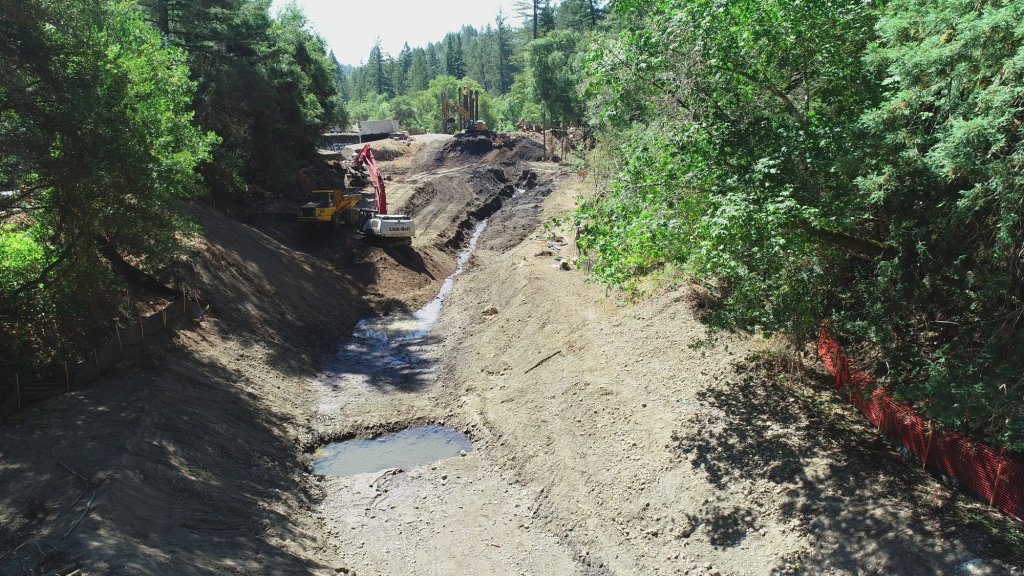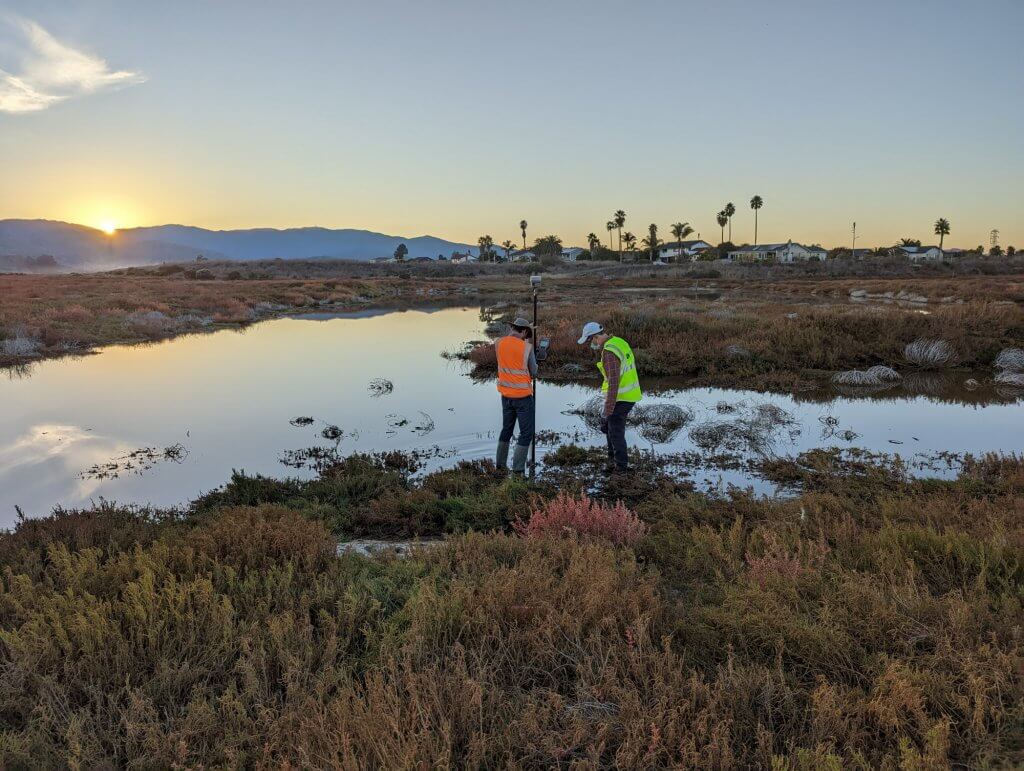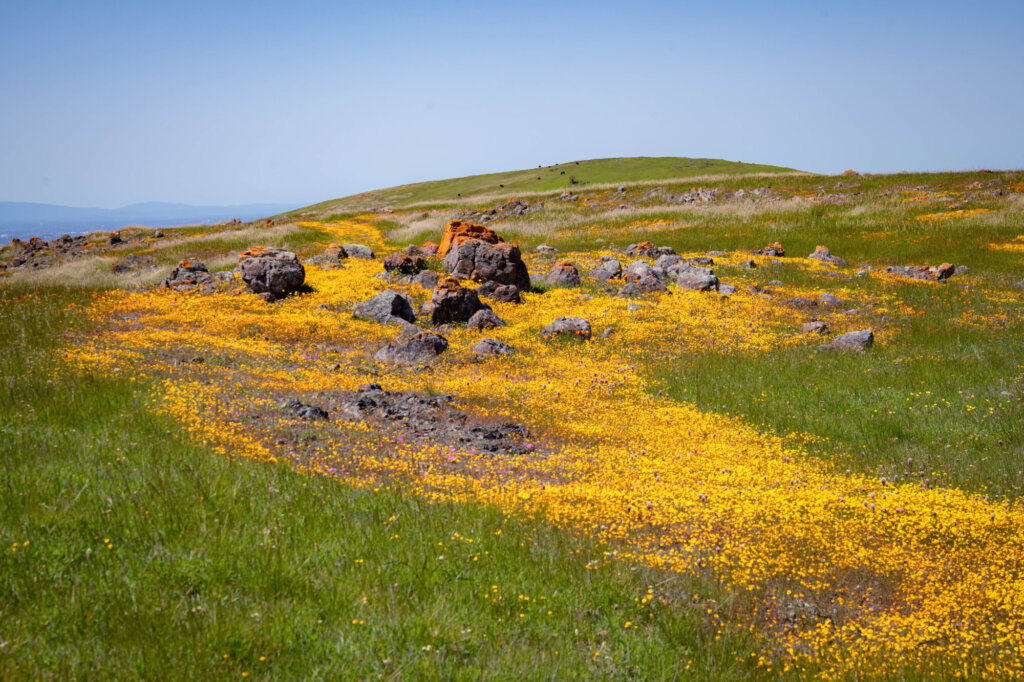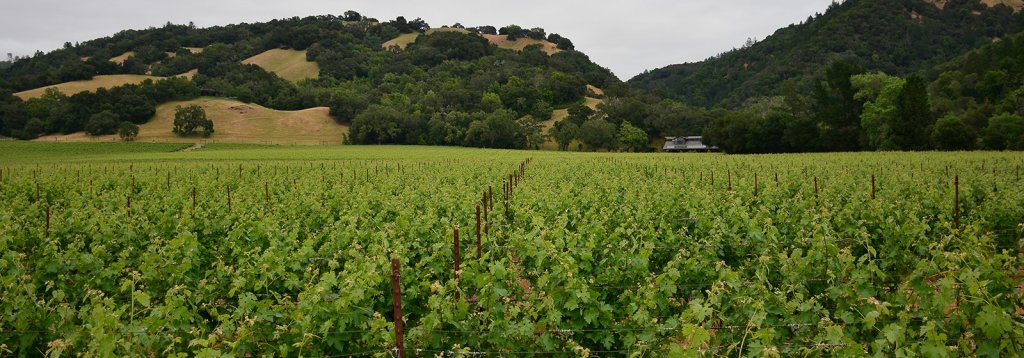Backing you up with science.
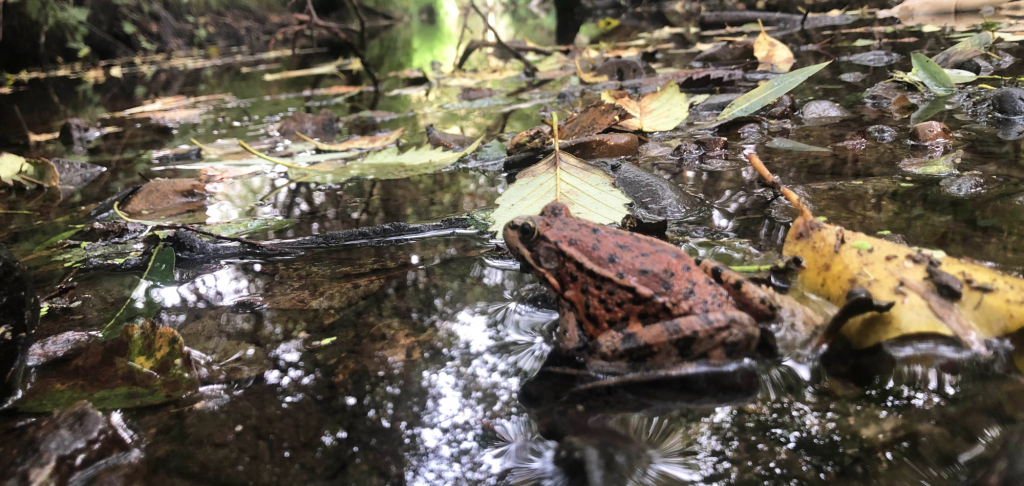
Biological Studies
Decades of Biology at your fingertips.
As experts in aquatic ecology, botany, wetlands and wildlife, we’re the seasoned scientists you can count on in any environment. With over 40 years of biology and natural resource consulting under our belt, we know the regulatory issues like the back of our hand. That means we help avoid the stumbling blocks that can impact your project, keeping you on track.
An approach that’s just right.
We take the time to understand each project’s purpose, ecological and regulatory context. This determines the type of biological studies truly needed so we can size an approach that fits your project. In developing solutions that achieve both conservation goals and ease of implementation in the field, we build a sustainable future where both people and the environment thrive.
Biological Expertise:
- Arborist Reports
- Biological Resources Impact Reports (e.g. CEQA &NEPA)
- Ecological Restoration
- Eelgrass Services
- Fisheries Surveys and Fish Rescue
- Functional Assessments (e.g. CRAM)
- Habitat Management Plans
- Habitat and Species Monitoring
- Plant and Wildlife Surveys
- Wetland Delineations
Even when things get messy, we have the tenacity to push through. We offer niche services with an integrated team of experts to tackle even the most challenging environmental issues.
Get An Expert Opinion
We’re here to lend our expertise and help you achieve your goals.
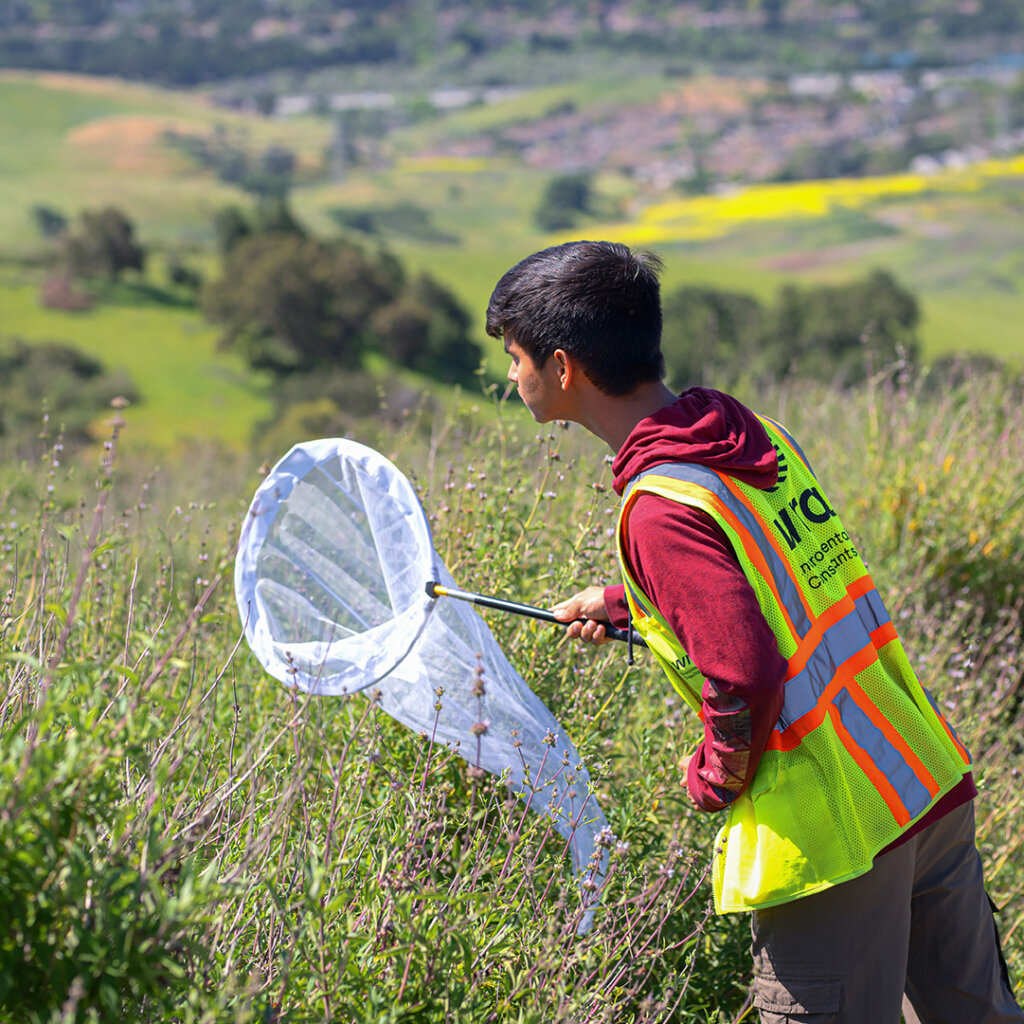


Want to Learn More?
Download our flyer and more about our wetland delineation and botany services!
Our Experts in Action
See All Field NotesField Notes
